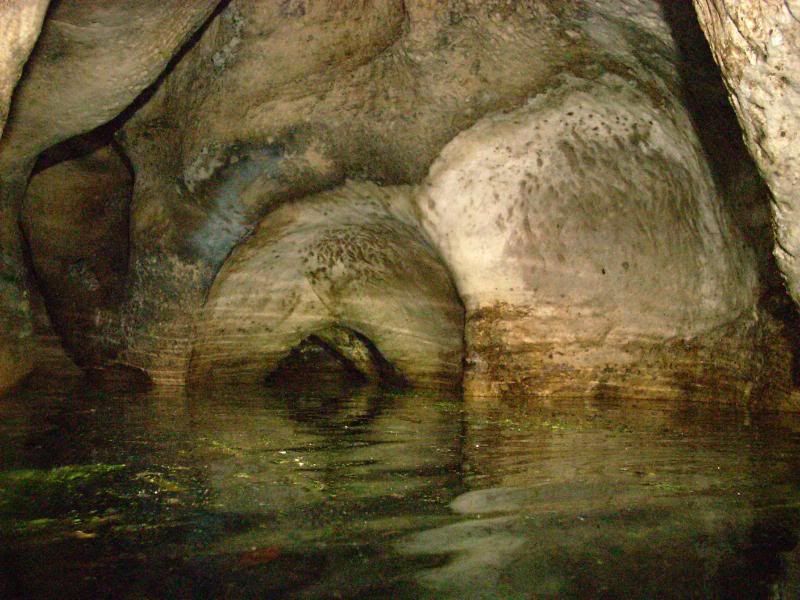I was fortunate enough to start diving where 10' of viz was good and to get involved in inland commercial diving where lots of silt and zero viz were the norm, often in restrictive places.
With zero viz, you mentally acclimate to it over time and learn to use all your senses to maintain buoyancy and trim, sense changes in depth, and most importantly develop the situational awareness needed to extricate your self from no viz situations. If you can't make that adaptation you need to reconsider whether cave diving is a sport you should be doing.
Situational awareness is key as when a silt out starts you want to immediately get on the line and that starts with being constnatly aware of where it is in relation to you, how it lies in the cave, and in addition a mental check list of significant bends, unique tie offs, jumps, line arrows, etc that you will encounter on the way out so that you stay oriented and remain assured you are indeed progressing out and not further into the system.
Many of the line work skills can be practiced in a quarry, especially if you have one with a wall that allows cave like line placement. You can practice running your primary reel, use that as the main line and then practice setting jumps and using appropriate line markers to aide you in getting out.
Then, at the maximum "penetration" close your eyes or cover you mask with tin foil and practice exiting following your line and markers back to the "exit". If you lay the line(s) with some vertical variation you will also be able to practice sensing and adjusting buoyancy on the way out.
Many quarries also have lines strung between items of interst and you can practice oking and following the line with your eyes closed as well - just be sure not to stir up silt and rototill the quarry for every one else - just like you'd strive to do in a cave.
In short, you always have the option of closing your eyes to simulate darkness just about every where.
I personally got silted out by my buddy in a 3' - 3 1/2' high bedding plane with a clay bottom 4,100' back. We were on scooters (both diving rebreathers) and he hooked a cylinder off the ceiling and dug into the clay floor bouncing free

People like that, and people who use them in areas where scooters have no business being are why scooters are getting banned in so many systems. The silt out eventually clears, even with clay. The big gouge in the floor is basically permanent.







